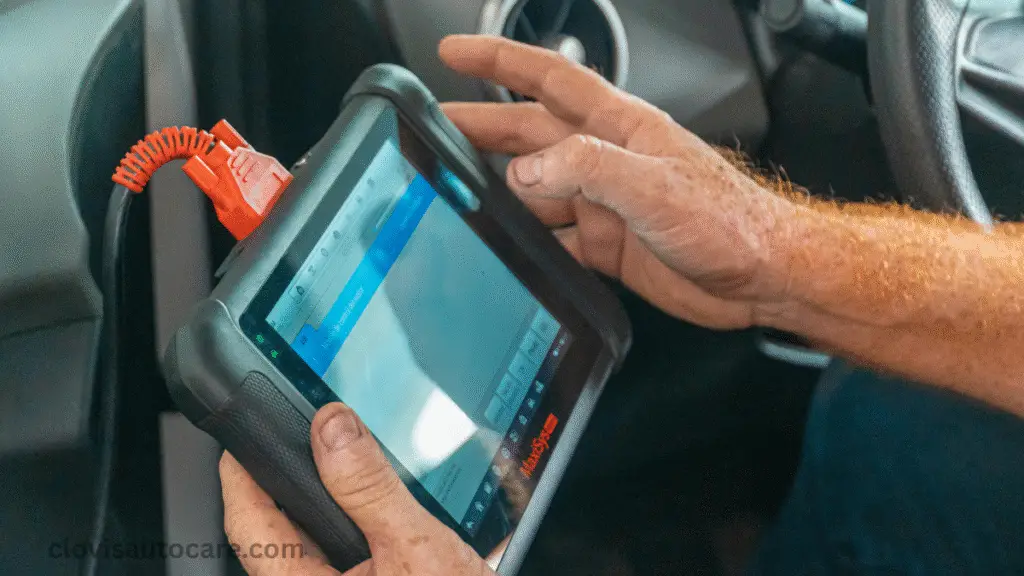
Key Takeaways
| Category | What You Need to Know |
|---|---|
| Preventive Care | Professional inspections catch hidden issues before they become major problems. |
| Winter Focus | Battery checks, winter tires, and antifreeze are critical during cold months. |
| Summer Needs | AC maintenance, coolant levels, and tire pressure adjustments prevent heat-related issues. |
| Year-Round | Regular brake inspections and emergency kit maintenance ensure safety in all seasons. |
Seasonal changes significantly impact your car’s performance and safety.
Cold winters strain batteries and reduce tire traction, while summer heat can overwork engines and air conditioning systems.
Following a simple car inspection checklist helps you avoid breakdowns, save money on repairs, and stay safe on the road.
Below, we break down essential inspections for each season.
Contents
Importance of Regular Car Inspections
Maintaining your car is essential to ensure your vehicle stays in top shape and doesn’t leave you stranded at the worst possible moment.
Whether you’re navigating icy roads in winter or cruising under the summer sun, a well-maintained car provides a smooth and safe driving experience.
Regular inspections:
- Identify potential problems before they become serious
- Extend your vehicle’s lifespan
- Maintain optimal fuel efficiency
- Ensure safety systems work properly when needed most
- Preserve your car’s resale value
Winter Car Inspection Checklist
Cold weather demands extra attention to these key areas:
- Battery: Cold temperatures reduce battery efficiency by up to 50%. Test voltage and replace if over 3–5 years old.
- Tires: Switch to winter tires in snowy climates for better traction. Ensure tread depth is at least 6/32″.
- Antifreeze: Confirm a 50/50 coolant-to-water ratio to prevent freezing in low temperatures.
- Wipers & Fluid: Install winter wipers and use de-icer washer fluid to maintain visibility.
- Lights: Check all headlights, brake lights, and fog lights for proper function and visibility in shorter daylight hours.
Winter driving puts extra strain on your vehicle. A thorough inspection before temperatures drop can prevent being stranded in dangerous cold weather conditions.
Summer Car Inspection Checklist
Beat the heat with these summer-specific checks:
- AC System: Ensure proper cooling airflow; recharge refrigerant if needed for comfort and defogging.
- Coolant Levels: Prevent overheating by checking and topping off coolant before hot weather arrives.
- Tire Pressure: Heat increases tire pressure—adjust to manufacturer specifications to prevent blowouts.
- Engine Oil: Consider switching to summer-grade oil if recommended by your vehicle manufacturer.
- Wiper Blades: Replace worn blades before sudden summer storms compromise visibility.
Summer heat can cause rapid deterioration of critical systems. Regular inspections prevent overheating issues that commonly lead to roadside breakdowns during vacation travel.
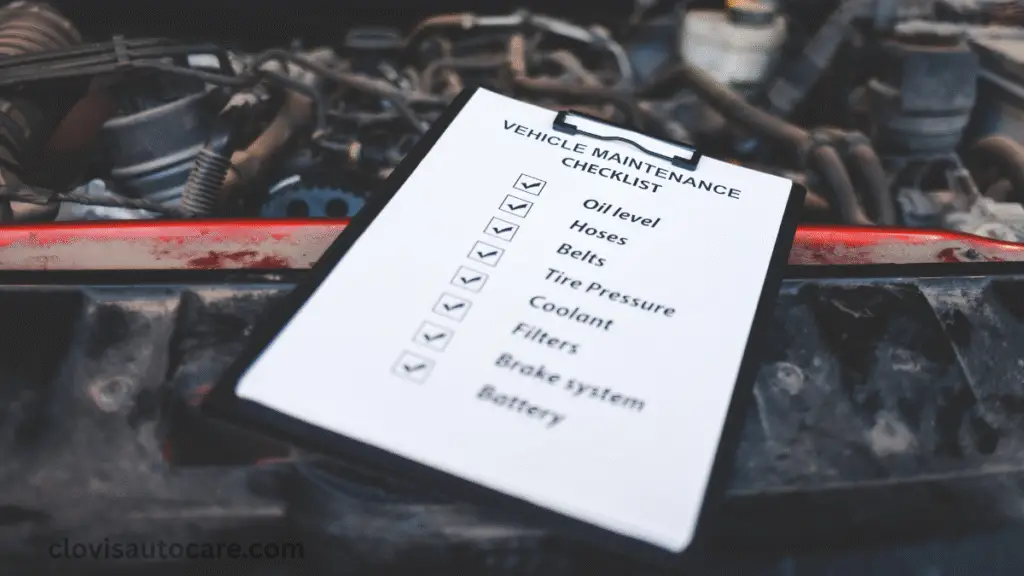
Spring Car Inspection Checklist
Spring maintenance helps your car recover from winter damage and prepare for warmer weather.
- Battery Health Check: Test voltage and clean terminals after winter strain.
Tip: AAA recommends replacing batteries older than 3 years. - Tire Switch & Pressure: Swap winter tires for all-season tires; adjust pressure to manufacturer specifications.
- Brake Inspection: Check pads, rotors, and fluid for salt corrosion damage. Replace if pads are less than 3mm thick.
- Wiper Blades: Install new blades for spring rains. Tip: Use washer fluid with bug repellent for better visibility.
- Coolant Flush: Ensure a 50/50 coolant mix to prevent summer overheating issues.
Spring represents the perfect time to address any winter damage and prepare your vehicle for warmer driving conditions.
Fall Car Inspection Checklist
Prepare for the coming winter with these essential fall checks:
- Heating System Test: Verify heater and defroster function properly for winter warmth and visibility.
- Battery Load Test: Cold weather reduces efficiency. Replace weak batteries before the first freeze.
- Tire Tread & Pressure: Check depth (at least 6/32″ for snow tires) and inflate to proper specifications.
- Antifreeze Check: Confirm 50/50 coolant ratio to avoid freeze-ups in cold temperatures.
- Lights & Wipers: Replace dim bulbs and install winter wiper blades with de-icer fluid.
Fall maintenance prevents winter emergencies. Address these items before the first snowfall for optimal safety and reliability.
Year-Round Maintenance Tips for Optimal Performance
Some maintenance tasks remain important regardless of season:
- Oil Changes: Follow your owner’s manual recommendations (typically every 3,000-7,500 miles).
- Filter Replacements: Air, fuel, and cabin filters should be checked regularly and replaced when dirty.
- Tire Rotations: Rotate tires every 5,000-7,000 miles to ensure even wear and extended tire life.
- Brake Inspections: Have brakes checked at least twice yearly for pad wear and fluid condition.
- Emergency Kit Updates: Maintain a basic emergency kit including tools, first aid supplies, and seasonal items.
Consistent maintenance prevents unexpected failures and extends your vehicle’s lifespan, saving money over time.
Special Considerations for Extreme Weather Conditions
Extreme conditions require additional preparation:
Extreme Cold (Below 0°F/-18°C)
- Install a battery blanket or engine block heater
- Use winter-specific windshield washer fluid (rated to -20°F/-29°C)
- Consider fuel additives to prevent fuel line freezing
- Keep gas tank at least half-full to prevent fuel line freeze
Extreme Heat (Above 100°F/38°C)
- Check cooling system hoses for cracks or weakness
- Verify coolant strength with a testing kit
- Consider window tinting to reduce interior temperatures
- Park in shade or use windshield sunshades when possible
These extra precautions help your vehicle withstand challenging conditions that could otherwise lead to breakdowns.
Conclusion
A comprehensive car inspection schedule covering every season serves as your roadmap to safety, reliability, and long-term savings.
When you address seasonal needs—like winter tires or summer coolant levels—and stay proactive with year-round maintenance, you protect your vehicle, passengers, and wallet.
Regular inspections catch small issues before they escalate into major repairs, ensuring peace of mind on every drive.
Professional inspections complement your checks, providing expert eyes on complex systems.
Consider scheduling professional inspections at least twice yearly—ideally during spring and fall—to prepare for the most challenging driving seasons ahead. Stay consistent: your car’s longevity depends on it.
FAQ
1. How often should I conduct a car inspection?
Inspect your car yearly or as needed.
2. Are there specific things I should look out for during each season?
Check season-specific parts like tires in winter or wipers in the rain.
3. Can I perform these inspections myself, or should I seek professional help?
DIY for basics, but pros are better for full inspections.
4. What are the consequences of neglecting regular car inspections?
Skipping inspections risks safety issues and costly repairs.
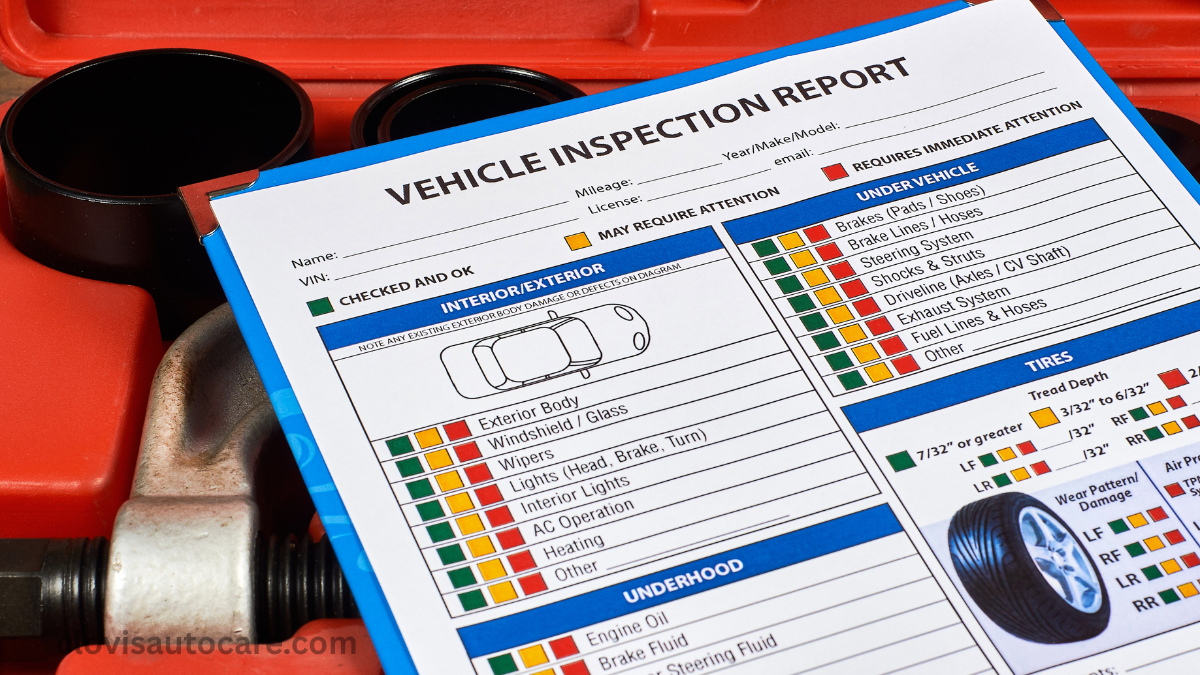

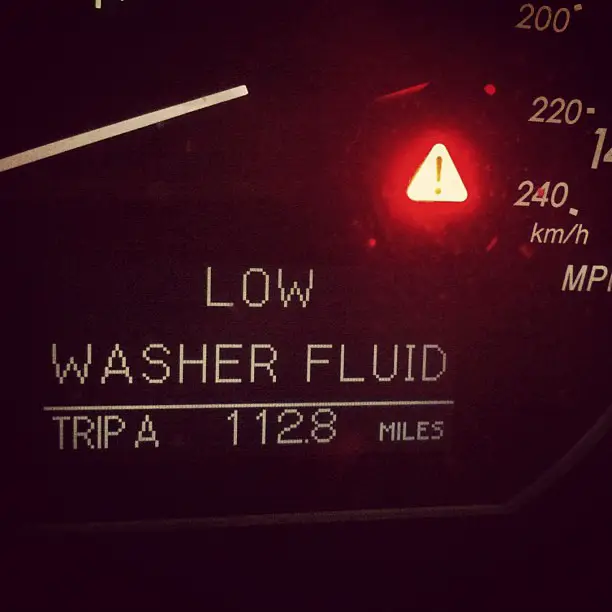
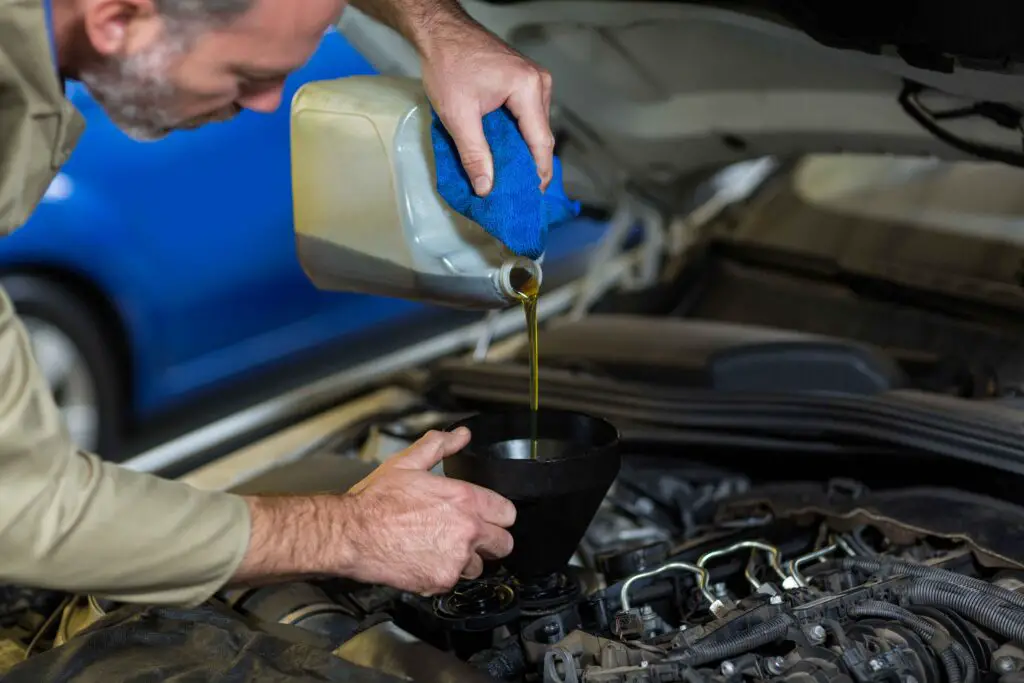
Leave a Reply